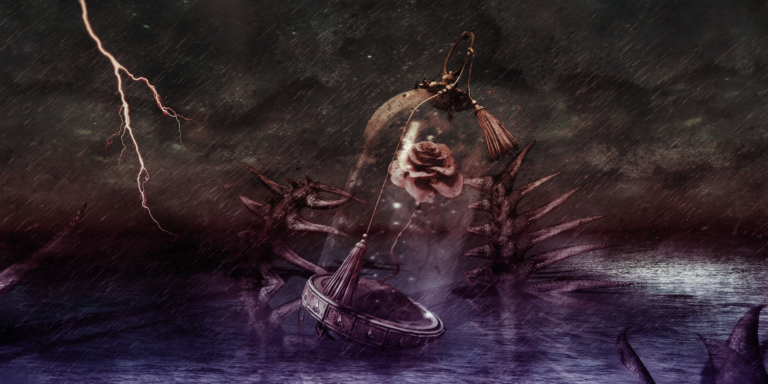The Bell Jar

“The Bell Jar” is a semi-autobiographical novel written by Sylvia Plath and published in 1963. This was the first and last story ever to be written by Plath as she tragically took her own life shortly after publication at only 30 years of age. It is hypothesized that the book was a roman à clef as the protagonist’s descent into mental illness mirrors that of Plath’s own experiences with clinical depression and bipolar disorder.
Set in 1953, Esther Greenwood appeared to be a typical young adult navigating the exciting world of career prospects. All seems to be going well for Esther but it is evident that she is slowly being engulfed by an ominously dark cloud that seeps at her energy and sends her into crying spells. She spirals into a deep depression where she becomes obsessed with suicide, leading her to multiple attempts to take her own life, for which she ends up being institutionalized.
This atypical coming-of-age story utilizes a bell jar as a metaphor for Esther’s depression. When she is in the vacuum of the jar, she is broken off from reality and has her reality distorted. Towards the end of the story, Esther notes that the bell jar has lifted but is always looming above her, threatening to descend again. This is likely a relatable theme with people struggling with mental illness- particularly a depressive episodes.
The novel explores many themes that include (but are not limited to): mental illness, societal expectations, feminism in the 1950s, sexuality, and growth. Plath wrote the novel in an era dominated by men who often depicted male protagonists. “The Bell Jar” is a worthwhile read for anyone, especially women and those struggling with self-identity.
You can read the full story here.
Image credits:
Feature Image: Anja Mexicola, On Flickr, Creative Commons



